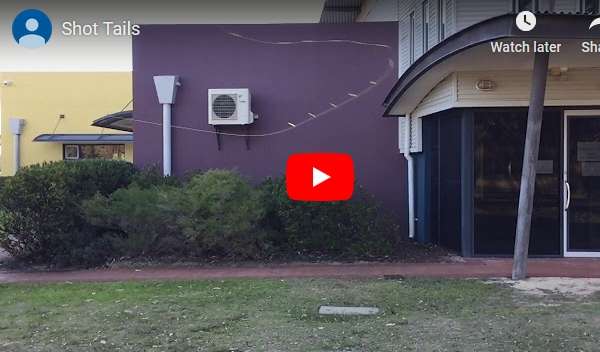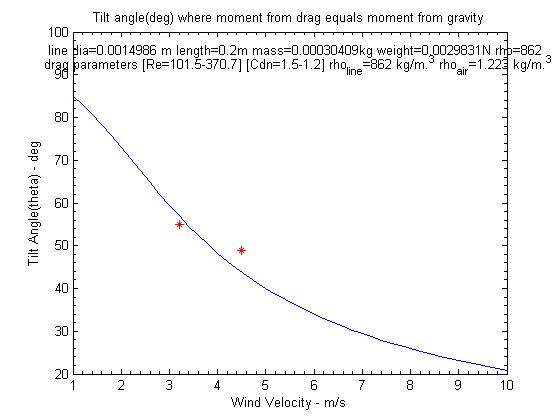A bunch of boring casts with shooting line:
Enjoy.
Cheers,
Graeme
Moderator: Torsten

Graeme,So what does Newton's Third Law of Motion suggest about that? I believe Newton would say "If tension in the string is pulling something down then something is pulling the string up."
Both skin friction and and form drag contribute there to an upward force component (e.g. your indicator is not parallel to the line).That's interesting. The proposed attack angle (α) at that point is well in excess of 20° there, maybe 45°. Can you explain why you think lift might be occurring there? Which direction and velocity do you think the line is traveling there? The tell tales here and the tracking data I've worked with show the line surrenders the vast majority of its forward movement at the loop nose. Or are you saying this because the line is moving downwards and there is resistance to movement in the vertical sense?
This is still the basic idea; but it needs to be adapted to the relative flow velocity direction. Goal was to check first, if there is a relevance and compared to the gravity we can see a significant influence for some cases. We know that line speeds ~30m/s are possible, and so further research is useful.Sorry Torsten, but you implied that to be the case in your first post of this thread with this sentence:
If you can spot a section of a fly line in a video, with an inclination and you know the velocity, you can compute the lift force.
Don't agree, it's very likely that such conditions exist. Simplest case is casting against the wind.Your goal may well be to quantify a lifting force for certain cases, but if we can't demonstrate those conditions even exist in a cast, why give people hope that there is a case for lift in a cast?
.. relative flow speed, you have to adapt it to the direction. As I've written I'll extend the simple equation - input parameters are then the velocity and position vectors of two markers and output is then the resulting force or better forces. I think I'll write that down on the weekend.The conditions discussed in the referenced paper are not honoured by line in the rod leg. If someone thinks they are, please explain where it exists in the cast and one of us can devise an experiment to prove those conditions are met (or not). The only place I can find those conditions is in the leading edge of the fly leg, but that would force the line down, wouldn't it?
This was a proposal for a systematic approach to our work.Okay, well who is doing this work? Is it going to be peer reviewed? How long before the results are published?
We made progress by the overall contribution of the members, not just by the experiments.Call it handwaving if you like, but at least we can see evidence of progress by doing experiments.
Now 29 pages .. that's a compliment for me and shows the interest in the subject. So thanks to all.So far we're up to 27 pages of discussions without any support for the proposed lifting force. Ockham's Razor suggests that we have 26 pages more than we need.
Gordy,gordonjudd wrote: ↑Mon Jul 15, 2019 2:15 pm Graeme,
Thanks for taking a shot that shows the direction of the opposing wind vector on the inclined section of line.
You can see it has an upward tilt, and thus will produce some +y lift just as Torsten showed in his diagram.
No pixies required.
Gordy
Graeme,You have enough people who think there is lift. These people should do the scientific research work to support their view
